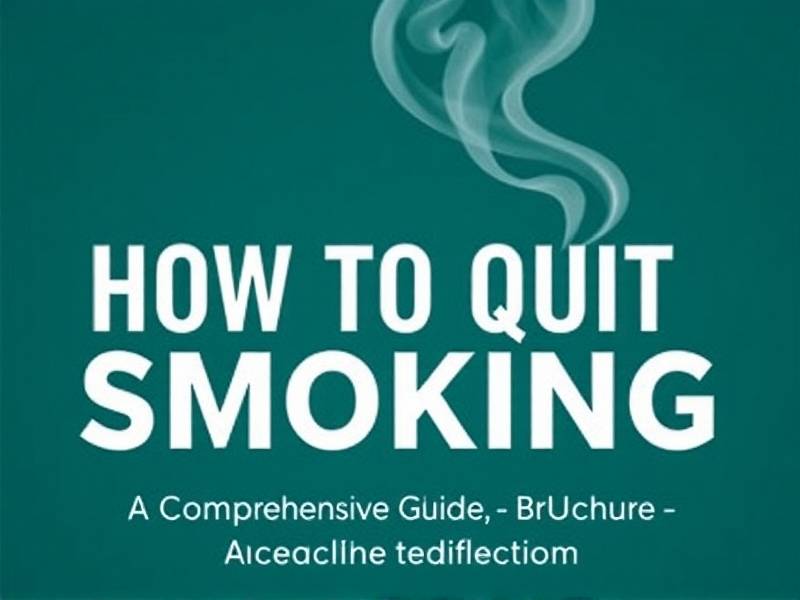How to Quit Smoking: A Comprehensive Guide in Brochure Format
Introduction
Quitting smoking is a significant step towards improving your health and well-being. Whether you're a casual smoker or a long-term addict, the journey to becoming smoke-free can be challenging. This brochure offers a comprehensive guide to help you navigate through the process, with practical tips and expert advice.
Understanding the Importance of Quitting
The Health Benefits
1. Improved Cardiovascular Health Quitting smoking reduces the risk of heart disease, stroke, and other cardiovascular conditions. Within just one year of quitting, your risk for heart attack drops significantly.
2. Lung Function Improvement Your lungs start to heal almost immediately after quitting. Over time, they become more efficient at oxygenating your blood.

3. Reduced Risk of Cancer Smokers have a higher chance of developing various types of cancer. Quitting can drastically lower these risks.
The Quitting Process: A Step-by-Step Guide
1. Set a Quit Date
Choose a date that is realistic and not too far in the future. This will give you time to prepare mentally and physically.
2. Create a Support System
Inform friends, family, and colleagues about your quit attempt. They can offer encouragement and hold you accountable.
3. Identify Your Triggers
Understand what situations or emotions make you want to smoke and plan how to cope with them effectively.

Strategies for Success
1. Nicotine Replacement Therapy (NRT)
NRT can help reduce withdrawal symptoms by providing nicotine in different forms such as gum, patches, lozenges, inhalers, or nasal sprays.
2. Medication Options
Prescription medications like bupropion (Zyban) or varenicline (Chantix) can be effective in reducing cravings and withdrawal symptoms.
3. Behavioral Techniques
Behavioral therapy can help you develop coping strategies for dealing with cravings and high-risk situations.
Coping with Withdrawal Symptoms
1. Manage Cravings
Practice relaxation techniques such as deep breathing or mindfulness meditation when cravings strike.
2. Stay Hydrated
Drinking plenty of water can help alleviate withdrawal symptoms like irritability and headaches.
3. Get Moving
Exercise can boost your mood and reduce stress levels associated with quitting smoking.
Long-Term Maintenance
1. Continue Support
Even after you've quit successfully, continue seeking support from friends, family, or support groups to maintain your smoke-free status.
2. Avoid Relapse Triggers
Stay aware of situations that might trigger your desire to smoke and plan ahead to avoid them.
Resources for Further Assistance
- National Cancer Institute (NCI): Provides information on smoking cessation resources.
- American Lung Association: Offers tools and support for quitting smoking.
- American Heart Association: Shares tips on how to maintain heart health post-quitting.
Conclusion
Quitting smoking is a journey that requires determination and support. By following this guide, you'll be well-equipped to tackle the challenges ahead and achieve a healthier life free from the clutches of tobacco addiction. Remember, every day without smoking is a step towards better health—take it one day at a time!
